Reducing slitter downtime requires both preventative maintenance and quick repairs, and here are the systematic solutions:
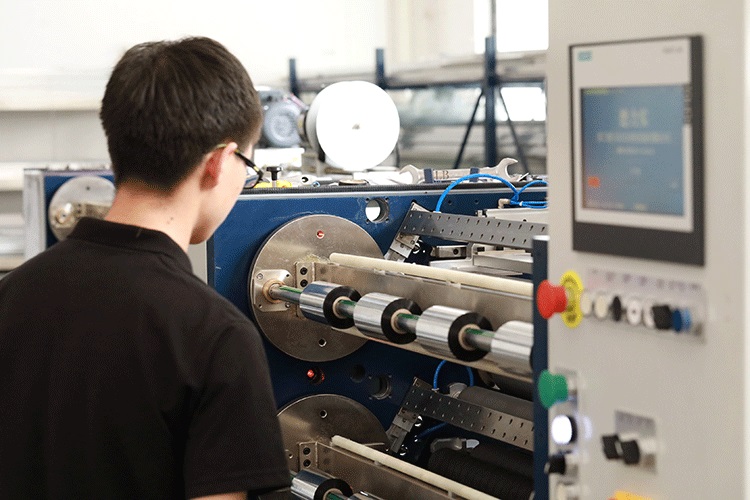
First, preventive maintenance system (80% failure can be prevented)
1. Life management of key components
◦ Establish a periodic table for replacement of wear parts (e.g., inserts are replaced every 500 hours, bearings are lubricated every 2000 hours)
◦ Real-time condition monitoring of the spindle/gearbox using a vibration monitor
2. Standardization of daily spot checks
◦ Make a daily pre-start-up checklist (including 15 items such as air pressure, belt tension, tool alignment, etc.)
◦ Periodic monitoring of motor/drive temperature with infrared thermometer
3. Intelligent early warning system
◦ Install PLC fault code automatic push system (SMS/sound and light alarm)
◦ Trend analysis of historical failure data (e.g., the average life of a certain type of bearing is 1875 hours)
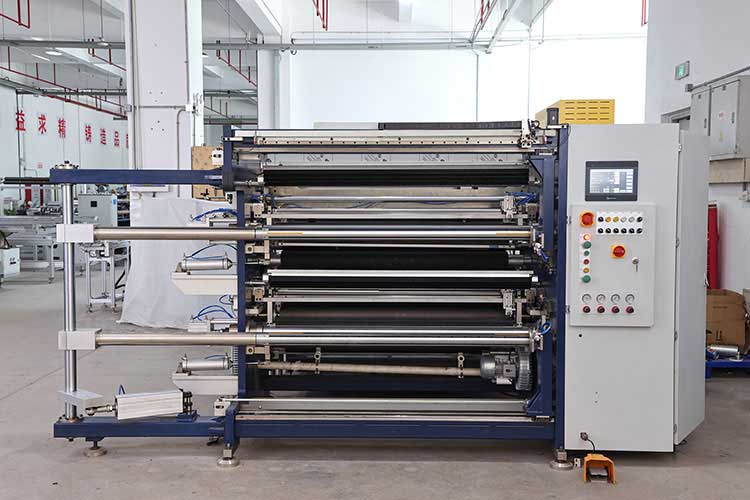
Second, rapid response to maintenance plans
1. Fault Tree Analysis (FTA) application
◦ Establish a decision tree for common faults of the slitter (such as uneven winding→ insufficient air pressure (70%)/photoelectric eye offset (30%))
◦ Equipped with a rapid diagnostic kit (including laser alignment instrument, thickness detector, etc.)
2. Modular spare parts strategy
◦ Reserve key components (e.g. complete tension control module, replacement time reduced from 4 hours to 30 minutes)
◦ Implementation of ABC classification inventory management (Category A is for high-frequency demand parts such as tool holder components)
3. The ability of the maintenance team is improved
◦ Conduct special training on FMEA (Failure Mode Analysis).
◦ "10-minute quick mold change" labor competition is held every quarter
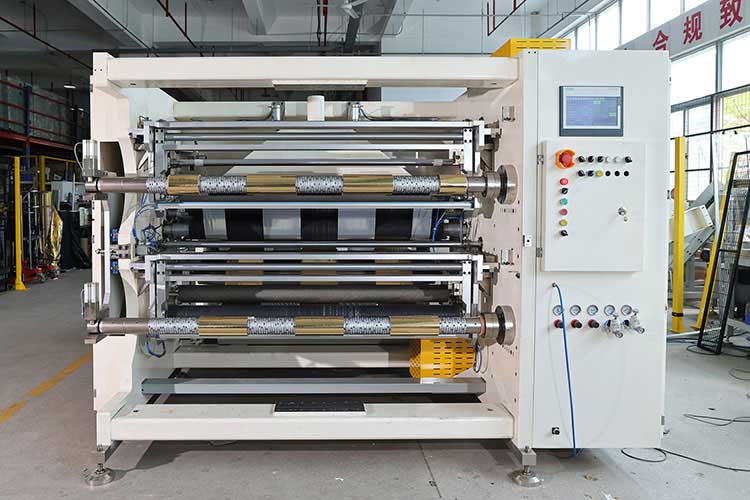
Third, in-depth improvement measures
1. Root Cause Analysis (RCA)
◦ 5 Why analysis for repetitive faults (e.g., frequent film breaks→ tension fluctuations→ cylinder leaks→ non-matching seal materials)
2. Error-proofing design
◦ Color code management is used in the air joint
◦ Mechanical overload protection device is installed
3. OEE Improvement Plan
◦ Monitor continuous improvement with MTTR (Mean Time to Repair) and MTBF (Mean Time Between Failures).
Fourth, the implementation of template tools
1. Preventive maintenance calendar (including QR code scanning and check-in)
2. Troubleshooting SOP video library (including VR simulation fault)
3. Spare parts 3D model catalogue (including disassembly and assembly torque parameters)
What to expect:
• More than 60% reduction in unplanned downtime
• 40% reduction in average repair time
• Overall Equipment Effectiveness (OEE) increased by 15-20%
It is recommended to perform a Pareto analysis of the fault data in the last 12 months, focusing on the top 3 fault types (usually accounting for 70% of the downtime). At the same time, a maintenance knowledge base is established to realize the digital inheritance of experience.



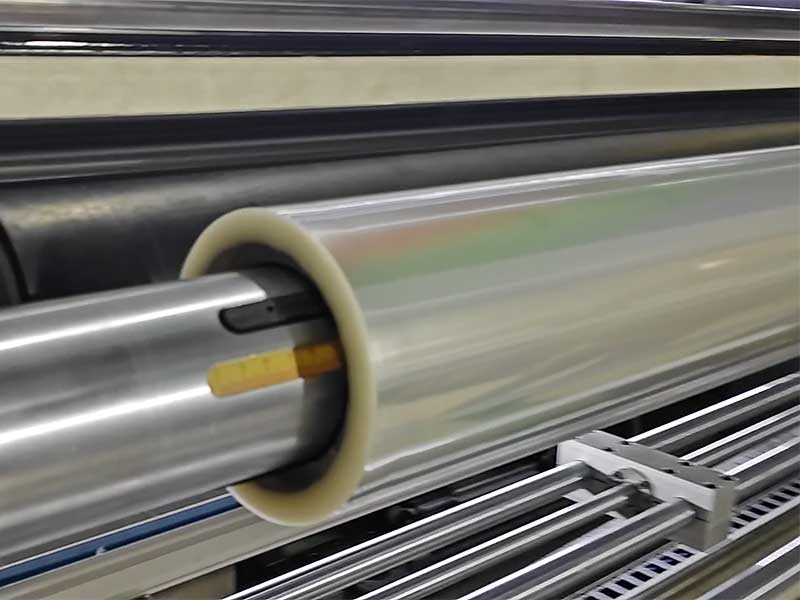
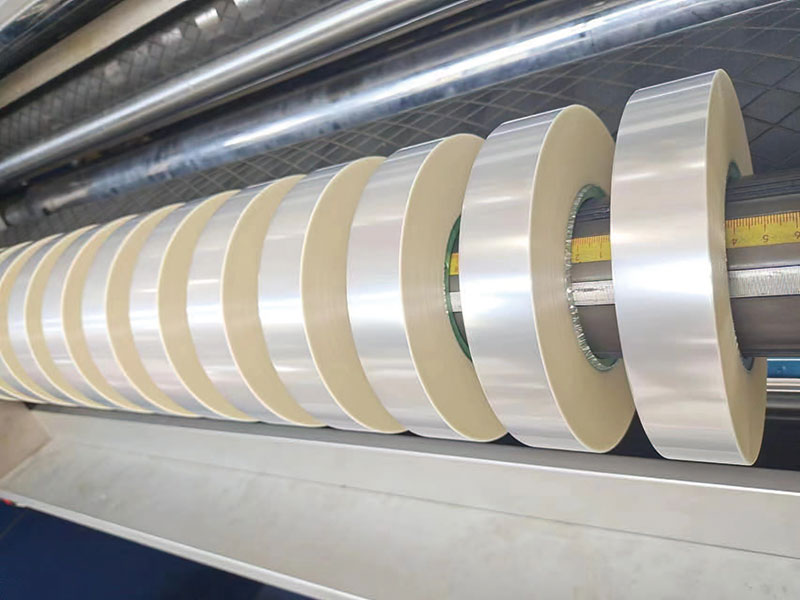
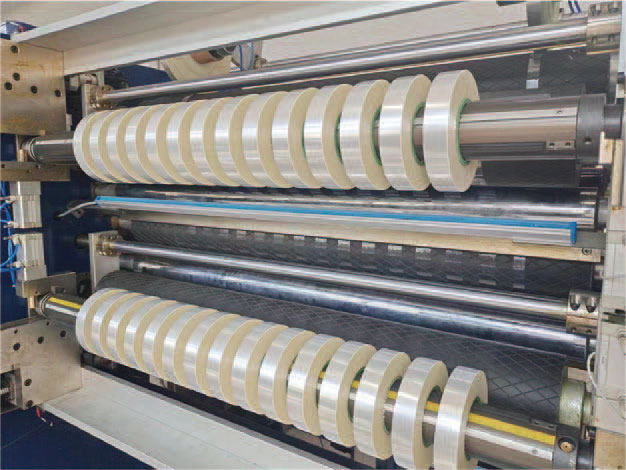
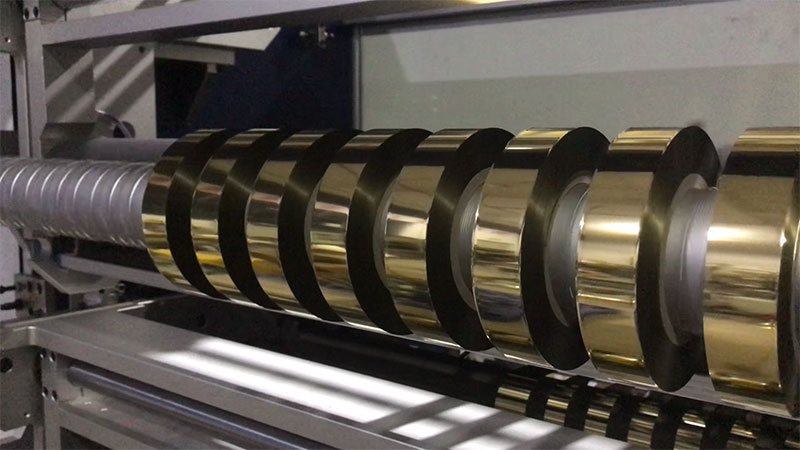
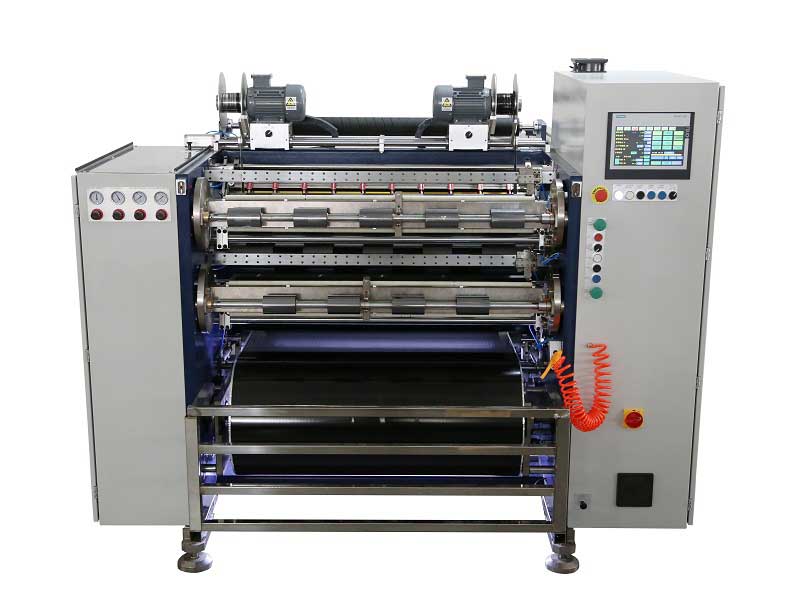 Automatic Thermal Transfer Ribbon Slitting Machine RSDS8 H PLUS
Automatic Thermal Transfer Ribbon Slitting Machine RSDS8 H PLUS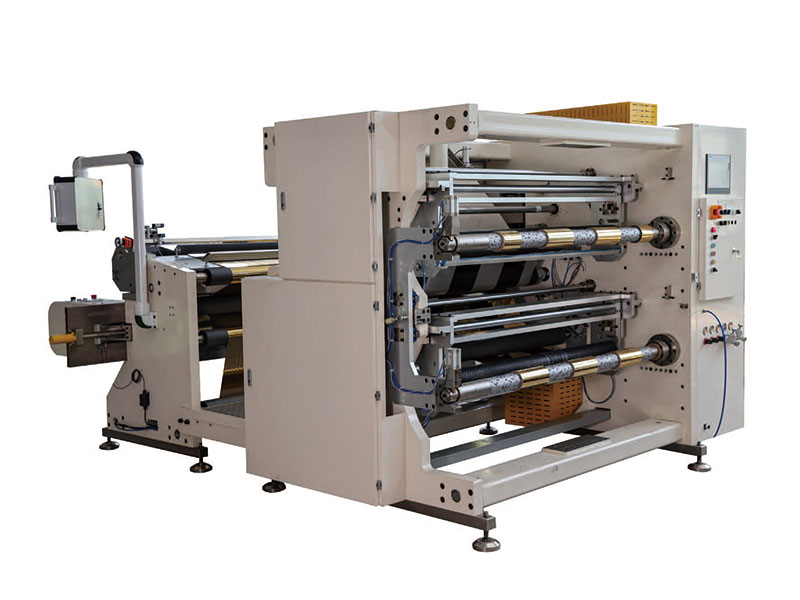 1400mm Hot Stamping Foil Slitting Machine
1400mm Hot Stamping Foil Slitting Machine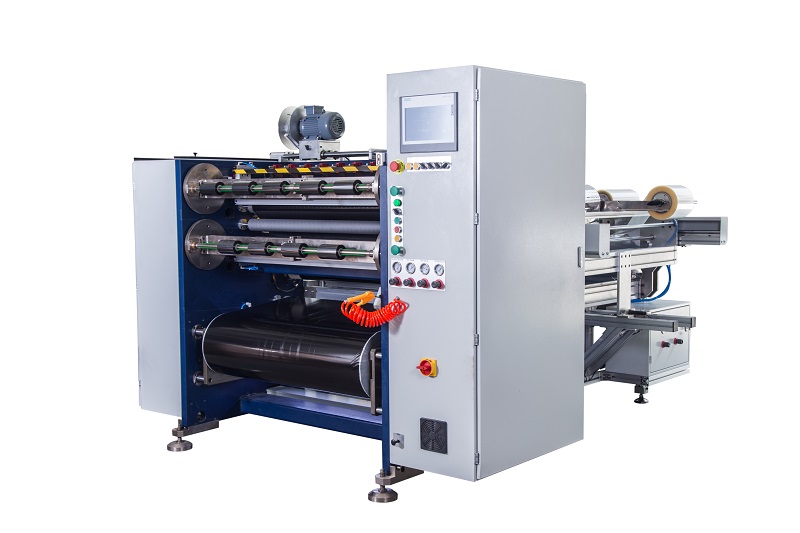 Semi Automatic Thermal Transfer Ribbon Slitting Machine RSDS5 PLUS
Semi Automatic Thermal Transfer Ribbon Slitting Machine RSDS5 PLUS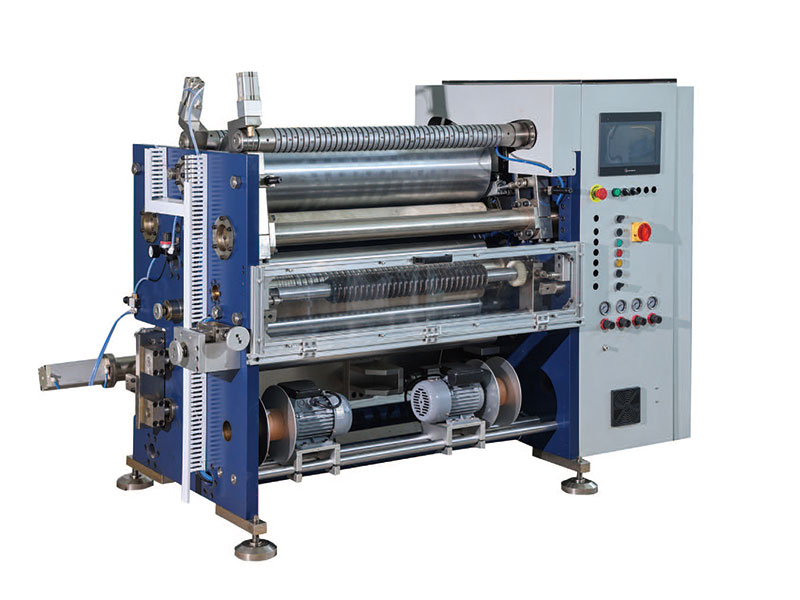 800mm Hot Stamping Foil Slitting Machine
800mm Hot Stamping Foil Slitting Machine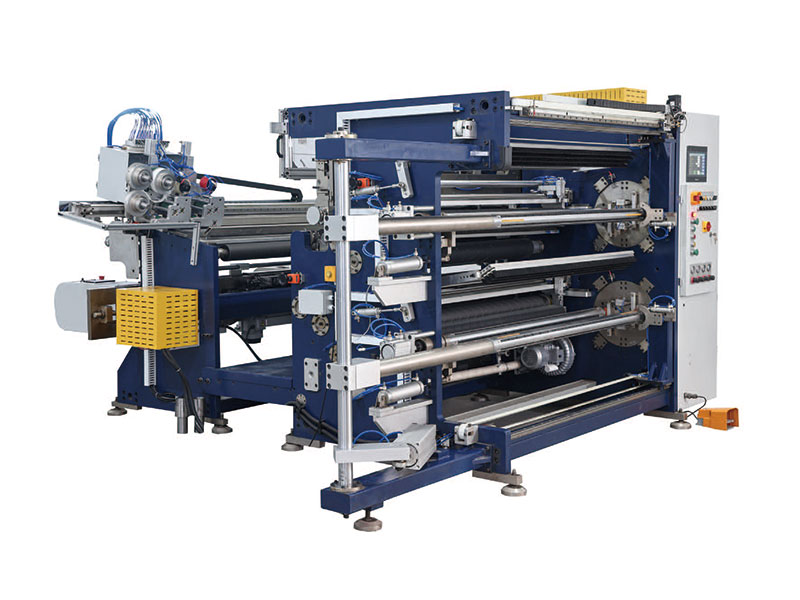 1350mm Hot Stamping Foil Slitting Machine
1350mm Hot Stamping Foil Slitting Machine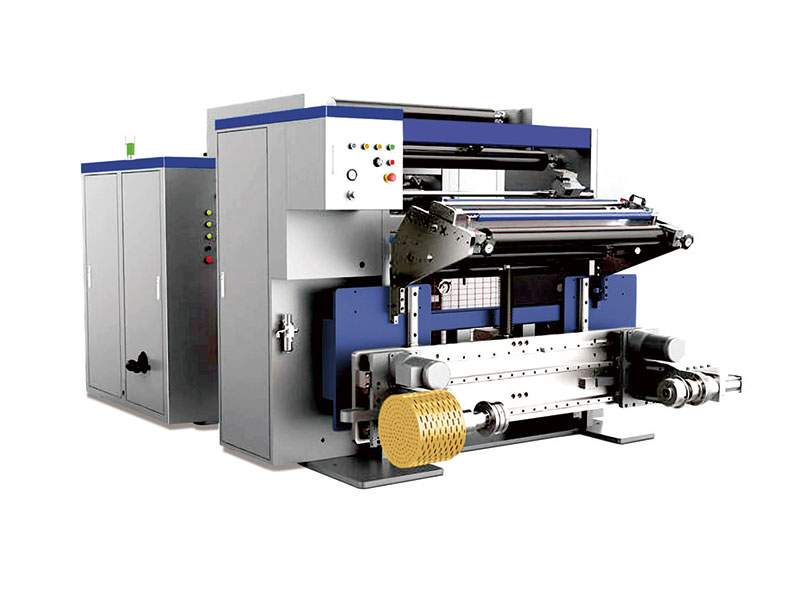 High Speed Slitting Machine
High Speed Slitting Machine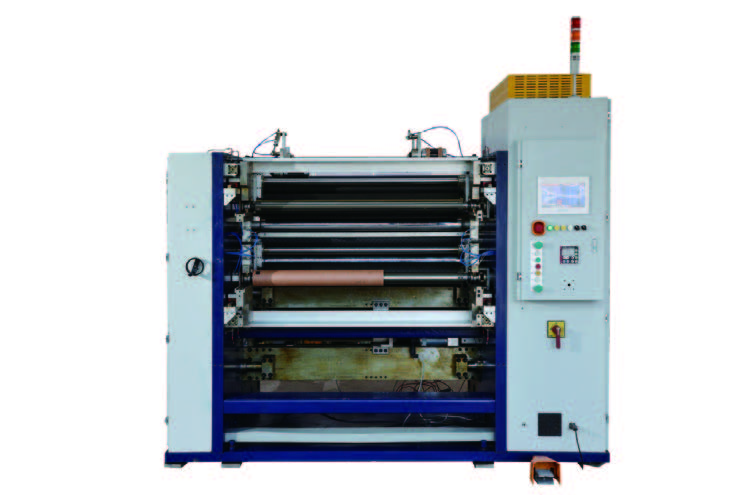 New Energy Ultra-thin Film Slitting Machine For Capacitive Film
New Energy Ultra-thin Film Slitting Machine For Capacitive Film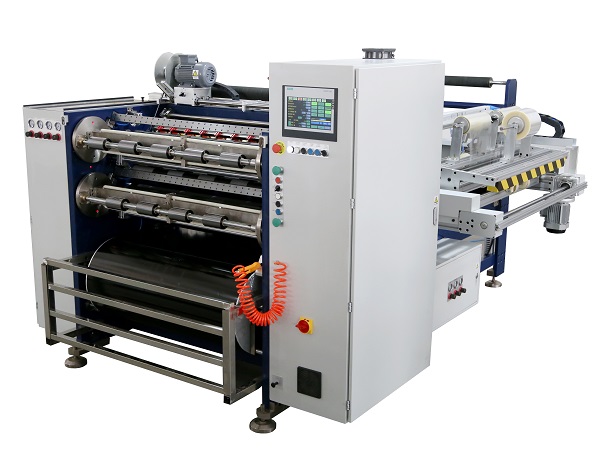 Automatic Thermal Transfer Ribbon Slitting Machine RSDS8 PLUS
Automatic Thermal Transfer Ribbon Slitting Machine RSDS8 PLUS

